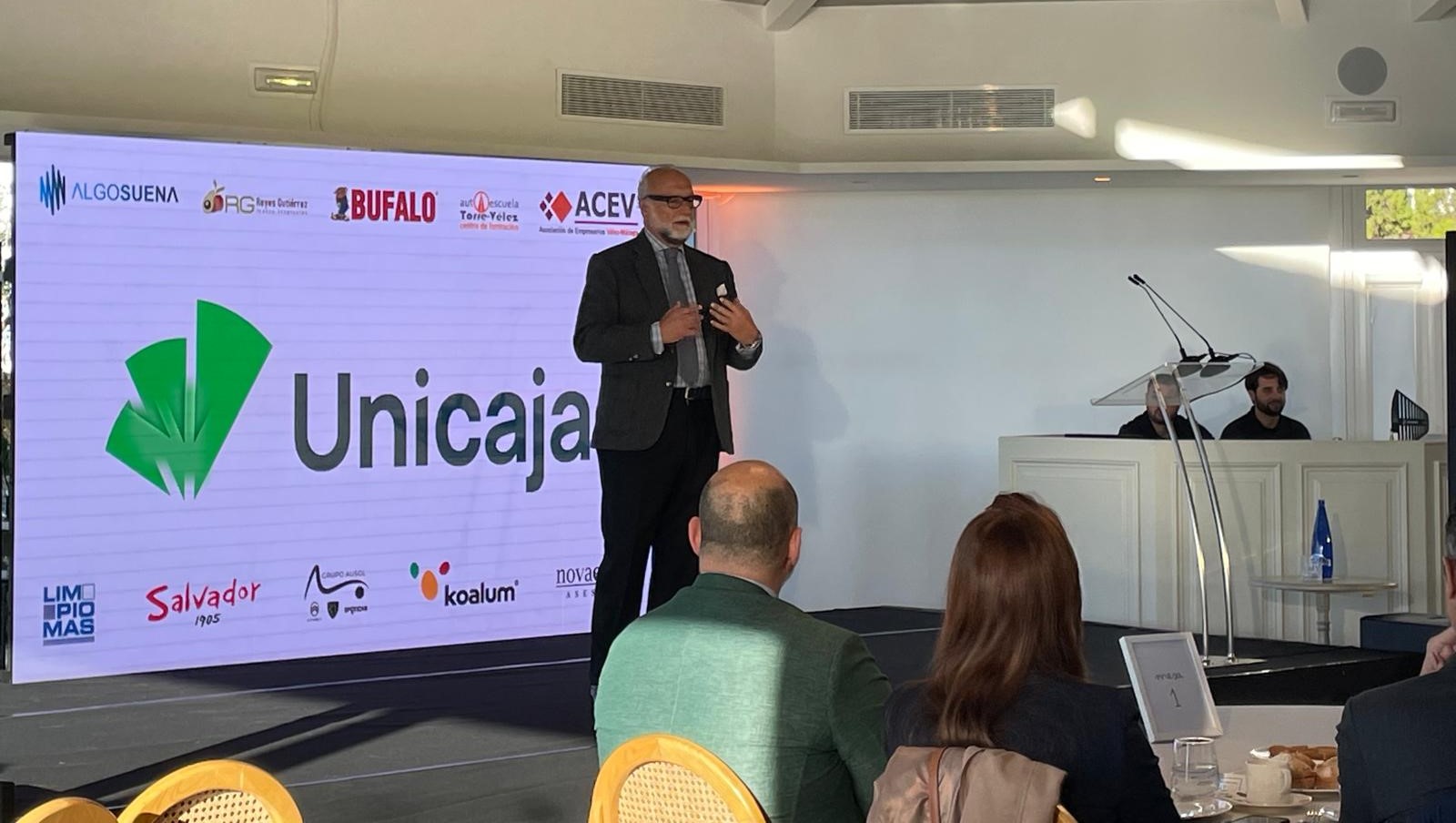Unicaja Banco has published the issue number 6 of its quarterly report ‘Situación económica y perspectivas de las provincias de Castilla y León’ (Economic Situation and Outlook of Castilla y León Provinces), prepared by Analistas Económicos de Andalucía. According to the report, the estimates point to a growth in the economic activity in all Castilla y León provinces during 2021.
The estimations made by Grupo Unicaja Banco’s research company indicate that in the baseline scenario, all the provinces will post a growth of the economic activity of over 4.5%, ranging from 4.5% in Palencia to 6.2% in Soria and Zamora. In the worst-case scenario, the increase would remain below 4.6% in all the provinces.
This report focuses on the analysis of the evolution and economic outlook of each one of the Castilla y León provinces, and it supplements the regional economic forecast report published on 16 July.
The report is divided into two sections: the first one describes the international and national economic backdrop and it includes the main features of the recent behavior of the regional economy. And secondly, a comparative is made of the main indicators at a provincial level. This section includes Analistas Económicos de Andalucía outlooks on the evolution of the economic activity for 2021.
Provincial analysis: recent evolution of the main economic indicators
According to the estimates of Analistas Económicos de Andalucía, in the first quarter of 2021, the economic activity would have fallen in all Castilla y León provinces. The decline in the activity would have exceeded the regional average (-1.1%) in Palencia (-1.8%), Burgos (-1.5%), Valladolid (-1.5%) and Avila (-1.3%), although those rates are not strictly comparable. The other provinces register a fall of less than 1%.
With regard to employment, according to the figures published by the Labour Force Survey (Encuesta de Población Activa, EPA), in the first quarter of 2021 the number of those in employment in Castilla y León was down 2.2% quarter-on-quarter. Employment decreased in all provinces but Burgos (0.1%), with the highest rates in Segovia and Avila (-6.0% and -5.6% respectively). It should be noted that these employment figures include those workers affected by the furlough schemes (ERTE).
In year-on-year terms, the occupied population has decreased by 29,200 people in Castilla y León (-3.0%, -2.4% in Spain). By provinces, employment has grown only in Palencia (0.5%) and the largest drops in absolute terms are found in Valladolid (-11,500 employees), Salamanca (-4,900) and León (-4,500).
As for the contribution to the Social Security, the number of people under the Social Security scheme in Castilla y León stood in May at 910,989 people, up 7,536 employees compared with the previous month (0.8%). There has been a general increase in all provinces. The comparison with the same month of 2020 –already affected by the COVID-19 pandemic- shows a 3.0% increase in the region (3.8% in Spain), with growths in all the provinces and over the regional average increases in Zamora, Soria, Segovia and Leon.
For the whole 2021, the estimates made by Grupo Unicaja Banco’s research company indicate a growth in the activity in all provinces. In the baseline scenario, the growth would range from 4.5% in Palencia to 6.2% in Soria and Zamora, also with an increase over the regional average (5.4%) in Leon (5.9%), Avila (5.7%) and Burgos (5.5%), although those rates are not strictly comparable. In a worst-case scenario, the growth would stand between 3.1% in Palencia and 4.6% in Zamora.
International, national and regional environment
The first section of the document ‘Situación económica y perspectivas de las provincias de Castilla y León’ covers the international and national economic backdrop and the main features of the recent evolution of the regional economy, information included in the report ‘Previsiones Económicas de Castilla y León’, published on 16 July.
According to the OECD’s latest report, the global economic prospects have improved, what has resulted in an upward revision of the growth projections for the main economies. World Gross Domestic Product (GDP) growth is expected to be 5.8% this year and 4.4% in 2022. However, recovery will diverge strongly across countries. The public health strategies, vaccine rollout, adopted economic policy measures and the behavior of sectors that have been severely affected, such as tourism, would explain, to a large extent, differences between countries.
The Spanish economy will be among those with a highest growth in 2021 and 2022, according to the European Commission’s forecasts. In this line, the Bank of Spain expects for this year a GDP growth of 6.2%, in its central scenario, 0.2 p.p. more than in the estimates of March, due to the progress in vaccination rollout, recovery of export markets and the ongoing support of the economic policies, including the Next Generation EU fund programme. GDP growth in 2022 would reach 5.8%, 0.5 p.p. more than in the previous projections, due to the higher estimated impact of the NGEU funds, reaching pre-pandemic levels in the last period of 2022.
These economic outlooks remain subject to a high degree of uncertainty. In addition to the evolution of the health situation, there are other risk elements, such as those related to the pace and scope of the recovery of household consumption, the reactivation of foreign tourism or the implementation and impact on the activity of the projects selected for NGEU funds.
With regard to Castilla y León economy, as included in the report published on 16 July, the Quarterly Regional Accounts of Castilla y León, published by Dirección General de Presupuestos y Estadística of the Junta de Castilla y León, indicate that in the first quarter of 2021, the regional GDP declined by 1.3%, compared with the 1.8% growth in the previous quarter, due mainly to a worsened health situation (third wave). In y-o-y terms, the GDP fell by 1.1% (-4.5% in Spain, with gross data).
The contribution of the internal demand has been of -1.3 p.p., compared with -4.3 p.p. in the previous quarter, due to the lower decline in consumption expenditure and investment. In y-o-y terms, consumption expenditure was down 1.8% due to the fall in household expenditure (-3.7%), whereas expenditure in government consumption was up 3.1%. Investment grew by 1.5%. The contribution of the external sector has been 0.2 p.p., with a very similar fall both in total exports and imports (c.-8%).
On the supply side, the q-o-q decrease has affected most productive sectors, with the exception of energy and agriculture. In y-o-y terms, the added value has decreased in agriculture (-4.7%), construction (-6.5%) and market services (-1.8%), while it has increased in industry (4.1%), especially in energy and non-market services (1.8%).
In relation to the growth forecasts for Castilla y León, in 2021 the regional economy may grow by 5.4%, a figure similar to that of March forecast, in a context marked by the advance in vaccination rollout and the improvement of the global situation. This growth could be lower (3.8%) in a downside scenario, as uncertainty remains high due mainly to the evolution of the pandemic and the potential variants, consumption or tourism demand, as mentioned in the report ‘Previsiones Económicas de Castilla y León’, recently published. Likewise, employment is expected to grow between 0.1% and 0.5%. In 2022, the recovery would continue with output expected to increase by more than 4.5% and employment, by more than 1.1%.
Descargue aquí la tabla asociada al boletín y el informe completola



